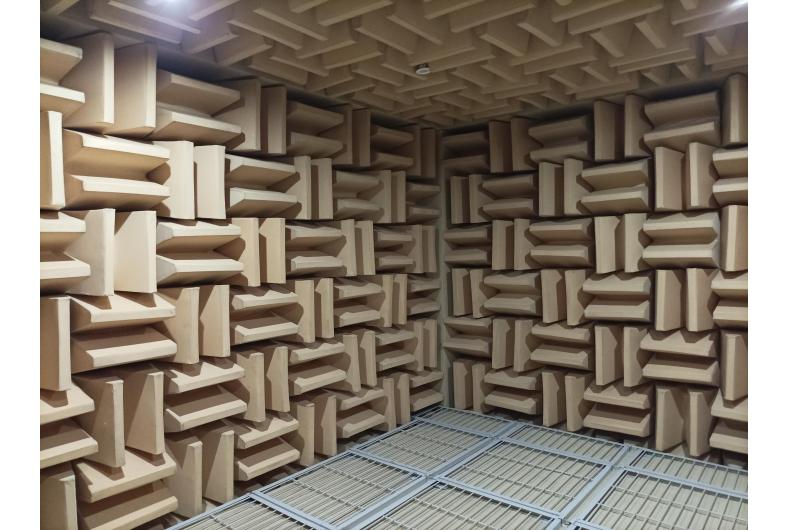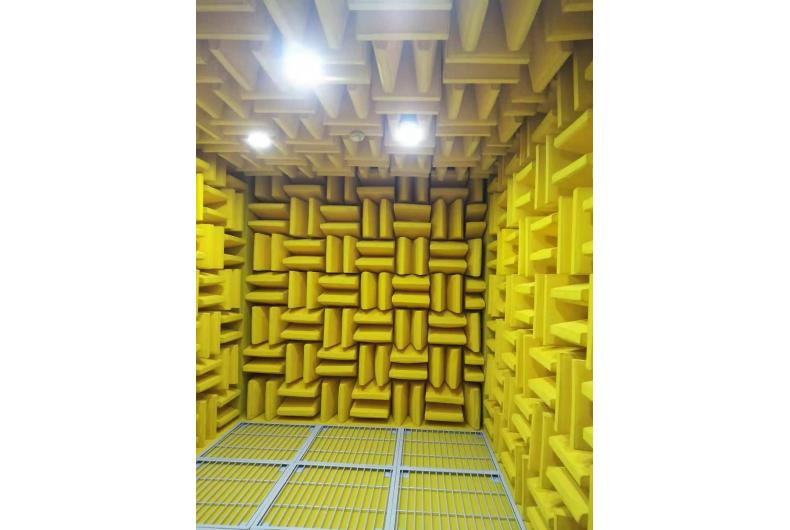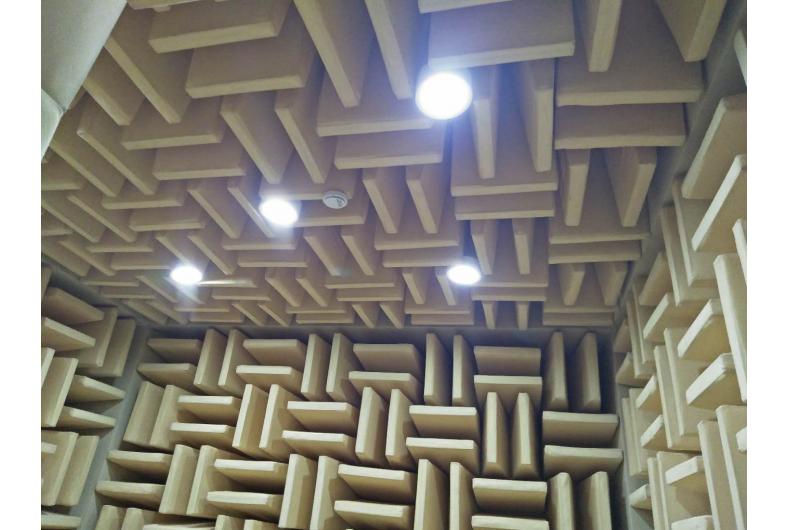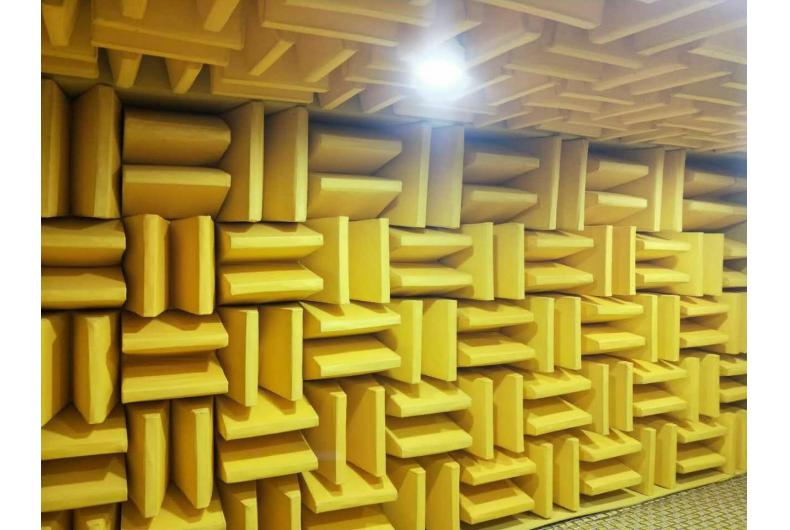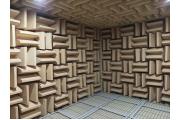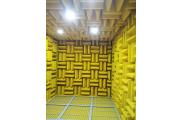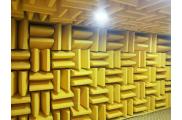Product Description
1. Types of sound insulation materials
1. Sound-absorbing materials: Sound-absorbing materials are mainly used to absorb sound waves and reduce the spread of noise. Common sound-absorbing materials include foam, fiberboard, porous materials, etc.
2. Sound insulation materials: Sound insulation materials are mainly used to block the propagation of sound waves and prevent noise from being transmitted from one area to another. Common sound insulation materials include rubber, polyvinyl chloride (PVC), gypsum board, etc.
3. Vibration isolation materials: Vibration isolation materials are mainly used to reduce the transmission of solid vibration and prevent noise from being transmitted through vibration. Common vibration isolation materials include vibration isolation pads, vibration isolators, etc.
2. Characteristics of sound insulation materials
1. High sound insulation effect: High-quality sound insulation materials should have high sound insulation performance and effectively reduce noise pollution.
2. Durability: Sound insulation materials should have good durability and be able to be used for a long time in various environments.
3. Easy to install: Sound insulation materials should be easy to install and remove for maintenance and replacement.
4. Environmentally friendly: Sound insulation materials should be made of environmentally friendly materials and are environmentally friendly.
3. Application of sound insulation materials
Sound insulation materials are widely used in various fields, including:
1. Construction field: The use of sound insulation materials in the walls, ceilings and floors of buildings can improve the sound insulation performance of the building.
2. Transportation field: The use of sound insulation materials in cars, trains and airplanes can reduce noise pollution from transportation.
3. Industrial field: The use of sound insulation materials in factories and machinery can reduce the impact of industrial noise.
4. Home area: Using sound insulation materials in home theaters, bedrooms and study rooms can provide a quiet living environment.
Conclusion:
As an effective noise control solution, sound insulation materials have been widely used in various fields. By understanding their types, characteristics and applications, we can better utilize these materials to improve our living environment and enjoy quiet time.
